State governments are sheltered workshops for mediocre politicians rarely good enough to make it in the Canberra big league. They have just one basic task in the Australian federation: to maintain basic public infrastructure that keeps communities going. Roads, rail, schools, hospitals, police, fire, emergency services. And electricity networks.
Last week, the South Australian Labor government of Jay Weatherill delivered an unenviable energy efficiency target: a 100 per cent reduction in the state’s electricity supply. The catastrophic failure of his state’s power grid forced Crow-Eater Mr Weatherill to eat a huge helping of crow.
To be sure, South Australia was hit by a huge weather event. Extremely high winds twisted steel electricity towers like flimsy tinfoil, bringing down key power lines interconnecting the South Australian grid with the Victorian network supplying the majority of its power, especially when demand surges. Last week, fierce gales, lashing rain and plunging temperatures made sure that demand went through the roof just as the power lifeline failed.
The shutdown’s chaos was total, and its damage to South Australia’s economy and reputation immense. The already financially-troubled Arrium steel plant in Whyalla highlighted the damage. Molten metal cooled in Arrium’s casting chambers because the power failure meant it could not be poured off. Arrium is estimated as taking a further $30 million hit because of infrastructure damage and loss of production: a Whyalla wipeout is more likely than ever.
This wasn’t the first power crisis hitting South Australia this prolonged winter. In July, a huge demand overflow raised the price of electricity imported urgently from the National Energy Market from a year-long average of $60 per megawatt hour to an astronomical $9,000 per megawatt hour: a cost passed on to manufacturers, businesses, farms and households in their power bills.
Why was this perfect storm such a catastrophic power failure? Yes, the interconnections with Victorian and other interstate grids crashed, literally. But South Australia’s internal power generation capacity failed to take the strain for one simple reason: its utter dependence on renewable energy. The irony of wind power is those landscape-dominating wind turbines have to be shut down for safety in high winds. And when there’s no sun and insufficient storage of solar energy, rooftop solar panels and newfangled solar farms are as useful as a tit on a bull.
Bizarrely, just this May the Weatherill government proudly shut down (and blew up) South Australia’s last coal-fired power station, making the state’s dependence on wind and solar for its home-grown energy almost absolute. Adelaide’s basket-weavers deliriously welcomed a new Green Age of progressive power generation and the banishment of Old King Coal. In their excitement, however, the possibility that wind and solar generation could fail simultaneously seems to have eluded power suppliers, regulators, the operators of the National Energy Market and, of course, the Weatherill Labor government and its Green allies.
And, indeed, Labor generally. If Victorian premier Daniel Andrews had his way, not to mention his federal Labor colleagues, the coal-fired power plants of Victoria’s Latrobe Valley not only would be slated for closure as they are now, they would already be shut down. There would have been no emergency power to import over the border to save the day.
South Australia is the state that has won by far the biggest Australian share in the Turnbull government’s $50 billion submarine boondoggle, championed by Defence Industry minister and employer of daks-dropping staffers, Christopher Pyne. And it’s the state whose premier, Mr Weatherill, its resident Senate populist, Nick Xenophon and its resident Cabinet lobbyist, Mr Pyne support old-style federal industry assistance by the bucketload.
But can anyone have confidence in the ability of this mendicant state, and especially its tired and lazy Labor government, to ensure a secure and continuous power flow essential for the heavy industry Mr Weatherill, Mr Xenophon and Mr Pyne all want to waste our money on? The answer is no.
Federal Energy minister, Josh Frydenberg, rightly told the ABC: ‘(The storm event) does raise questions for the stability of the system — not just for supply, because when the wind is not blowing and the sun is not shining, electricity is not being generated — but also for the stability of the system because of the frequency that is generated as opposed to base-load power which has historically been more coal and more gas’. In other words: diversify or die.
Jay Weatherill betrayed his state by pandering to green ideology ahead of securing energy supply. This is a stark warning that cheap, plentiful coal must remain part of Australia’s basic energy mix. Never again must ideological frolics trump economic and energy security. If the states fail to keep their energy sources diversified, the Turnbull government must compel them.
The post Stormy Weatherill appeared first on The Spectator.
Got something to add? Join the discussion and comment below.
Get 10 issues for just $10
Subscribe to The Spectator Australia today for the next 10 magazine issues, plus full online access, for just $10.
You might disagree with half of it, but you’ll enjoy reading all of it. Try your first month for free, then just $2 a week for the remainder of your first year.


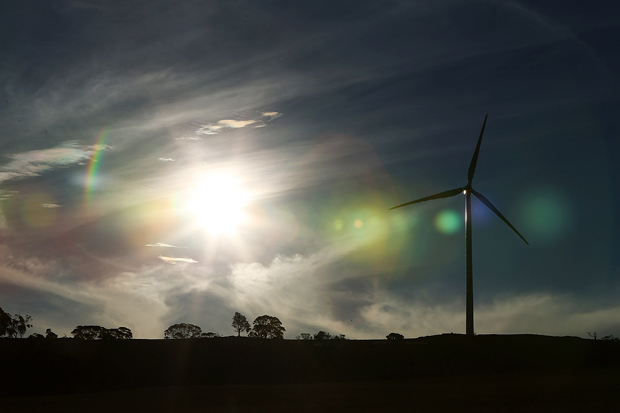
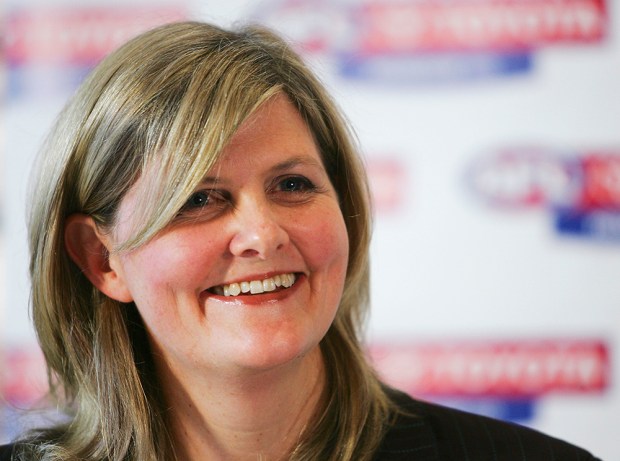
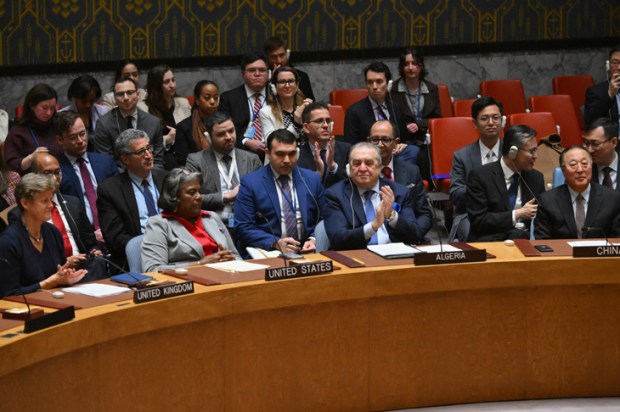
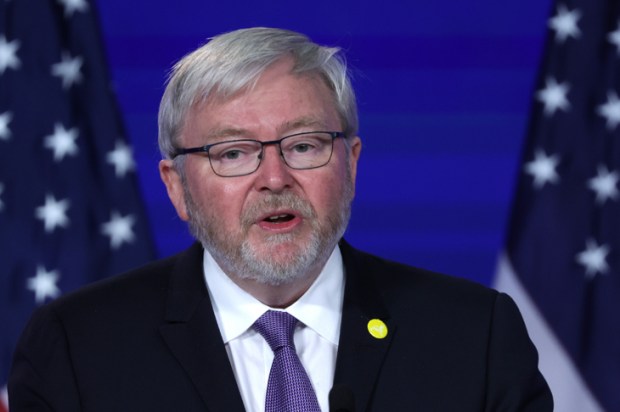
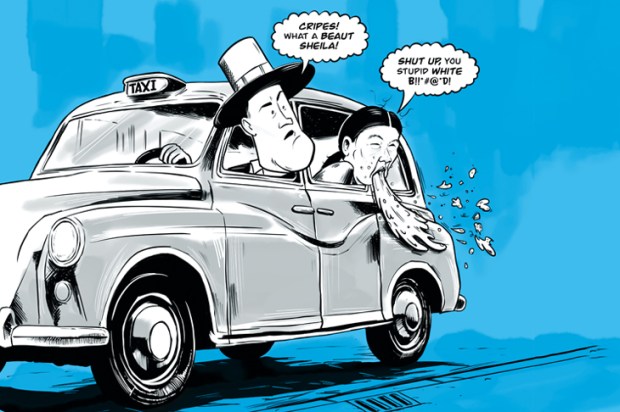
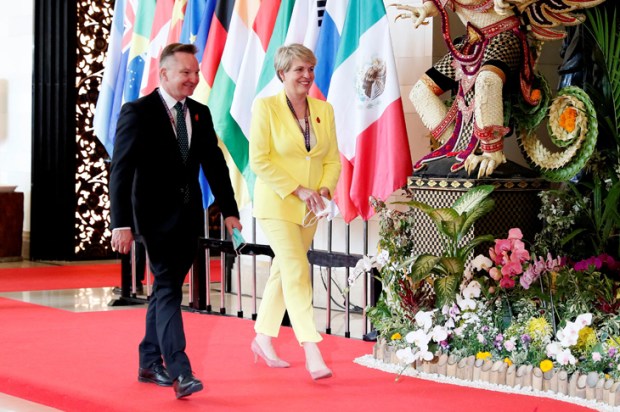







Comments
Don't miss out
Join the conversation with other Spectator Australia readers. Subscribe to leave a comment.
SUBSCRIBEAlready a subscriber? Log in